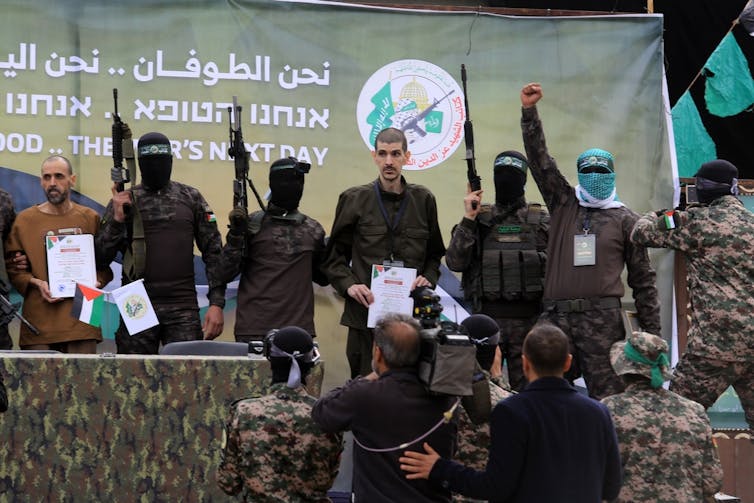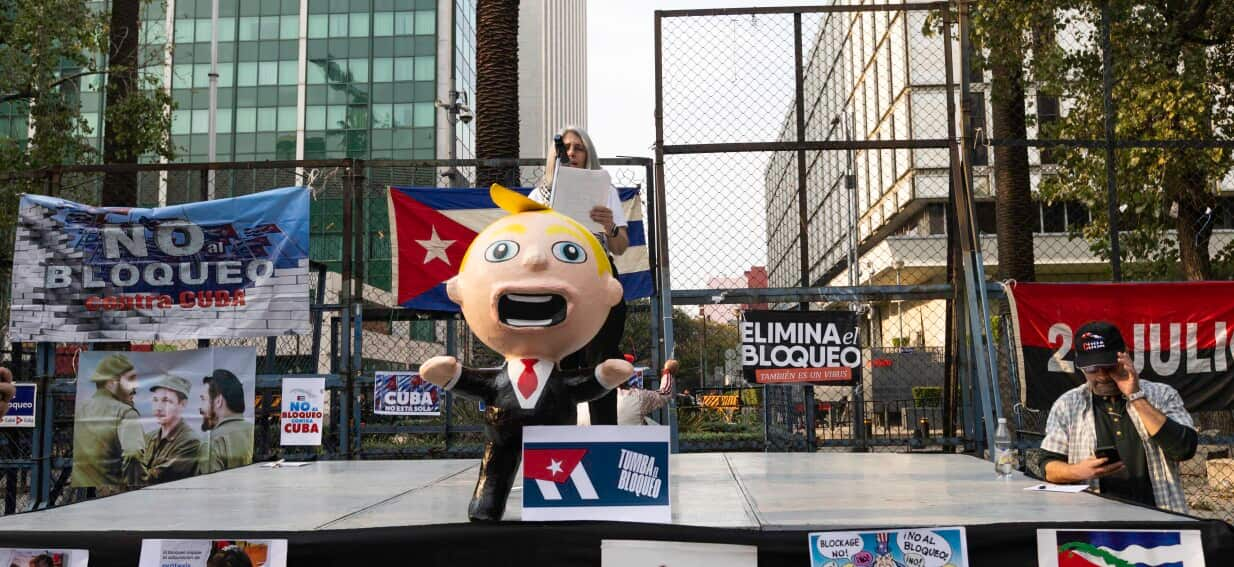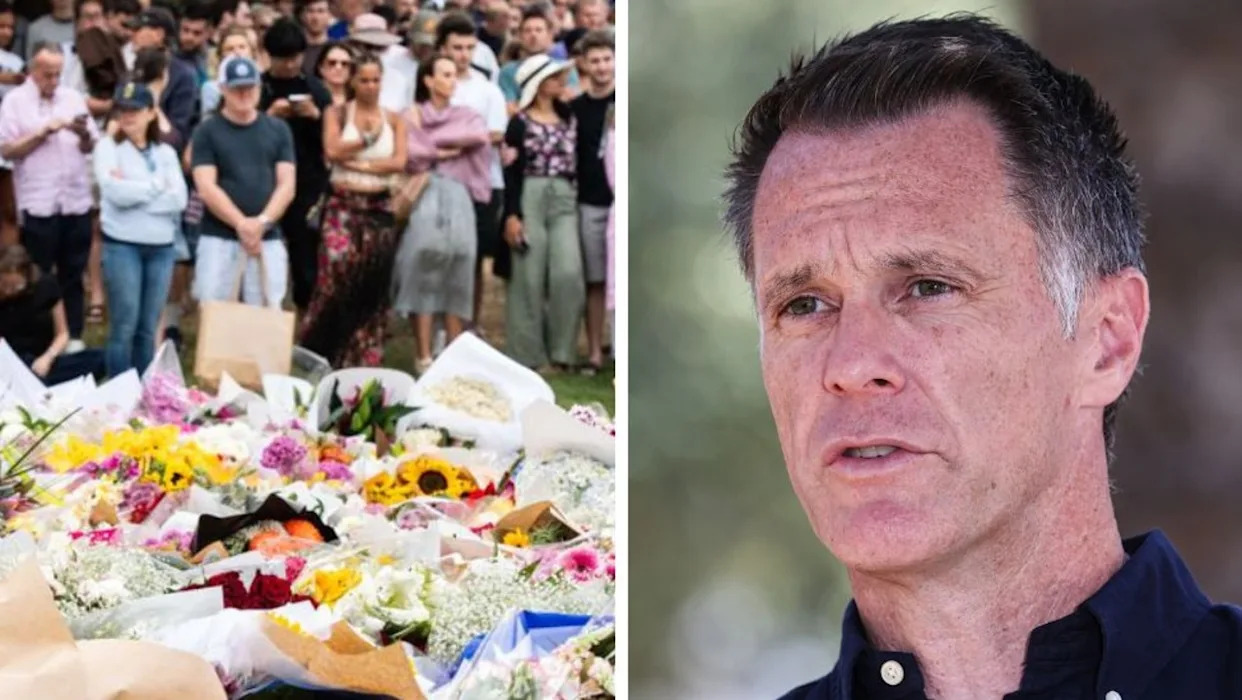
US President Donald Trump recently hosted Israeli Prime Minister Benjamin Netanyahu at the White House for a dinner that underscored the ongoing diplomatic efforts to secure a ceasefire in Gaza. Trump expressed optimism, stating that the talks to end the conflict are “going along very well.” In a gesture of appreciation, Netanyahu announced his nomination of Trump for the Nobel Peace Prize, highlighting the President’s role in “forging peace as we speak, in one country, in one region, after the other.”
Despite these declarations of progress, negotiations held in Qatar between Israeli and Palestinian representatives have yet to yield a breakthrough. The discussions are anticipated to continue later this week. If successful, the agreement could mark a pivotal moment in addressing the humanitarian crisis in Gaza, exacerbated by the October 7 attacks that resulted in the deaths of 1,200 Israelis at the hands of Hamas-led militants.
Challenges to a Lasting Ceasefire
However, skepticism remains regarding the sustainability of any potential truce. A previous ceasefire, established in January, resulted in the release of numerous Israeli hostages and Palestinian prisoners. Yet, it collapsed by March when Israel resumed military operations in Gaza. This history of broken trust, coupled with ongoing military actions and political instability, casts doubt on the new agreement’s potential to serve as more than a temporary pause.
Details of the Proposed Deal
The current proposal outlines a 60-day ceasefire intended to de-escalate tensions in Gaza and facilitate negotiations towards a more enduring resolution. As part of the deal, Hamas would release ten surviving Israeli hostages and return the remains of 18 others. In exchange, Israel is expected to withdraw its military forces to a designated buffer zone along Gaza’s borders with Israel and Egypt.
While the specifics of a prisoner exchange are still under negotiation, the release of Palestinian detainees held in Israeli prisons is a crucial element of the proposal. Humanitarian aid is also a focal point, with relief efforts to be coordinated by international organizations, primarily UN agencies and the Palestinian Red Crescent. However, the agreement does not clarify the future role of the US-backed Gaza Humanitarian Fund, which has been providing food aid since May.
According to Gaza’s Health Ministry, Israel’s military campaign has claimed the lives of over 57,000 Palestinians, highlighting the urgent need for humanitarian access.
Political and Military Dynamics
Despite the apparent opportunity for a final ceasefire, the Israeli government, led by Netanyahu, appears hesitant to fully end its military campaign. This reluctance is partly political, as Netanyahu’s coalition relies heavily on far-right parties that demand the continuation of the war. A serious attempt at a ceasefire could destabilize his government.
Militarily, Israel has achieved several objectives, significantly weakening Hamas and other factions, and causing widespread devastation in Gaza. The campaign has included mass arrests, home demolitions, and the killing of hundreds of Palestinians in the West Bank. Furthermore, Israel has forced Hezbollah in Lebanon to scale back operations and has struck deep into Iran’s military infrastructure.
Netanyahu’s Broader Ambitions
Netanyahu’s goals may extend beyond tactical victories. There are indications he aims for two broader strategic outcomes. First, by making Gaza increasingly uninhabitable, his government could encourage Palestinians to flee, potentially paving the way for Israel to annex the territory—a scenario supported by many of his far-right allies.
During his visit to the White House, Netanyahu discussed working with the US to find countries willing to accept Palestinians from Gaza, stating, “if people want to stay, they can stay, but if they want to leave, they should be able to leave.”
Second, prolonging the conflict allows Netanyahu to delay his corruption trial and extend his political tenure.
The Path Forward
At the core of the impasse is the far-right’s vision of total Palestinian defeat, with no concessions or recognition of a future Palestinian state. This ideology has obstructed peace efforts for decades. Israeli leaders have often described any potential Palestinian entity as “less than a state” or a “state-minus,” a stance that falls short of Palestinian aspirations and international standards.
With Palestinian resistance weakened and no immediate threats to Israel, this moment tests whether Israel genuinely seeks peace or aims to cement regional dominance while denying Palestinians statehood.
Following military successes and the normalization of relations with several Arab states under the Abraham Accords, Israeli political discourse has become increasingly bold. Some within the Israeli establishment advocate for the permanent displacement of Palestinians to neighboring Arab countries, effectively erasing the prospect of a Palestinian state.
The coming weeks will be crucial in determining whether Israel chooses a path of compromise and coexistence or continues on a trajectory that forecloses the possibility of lasting peace.






